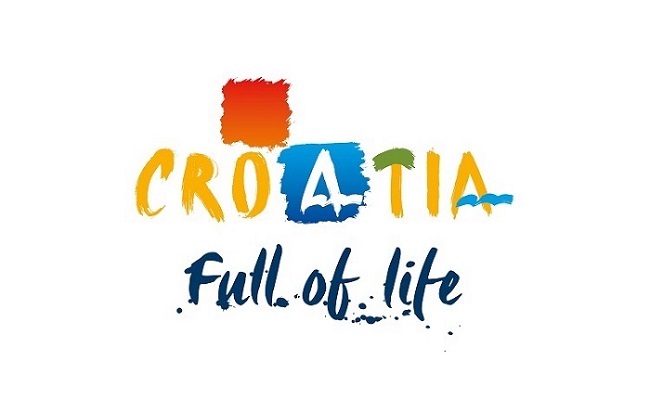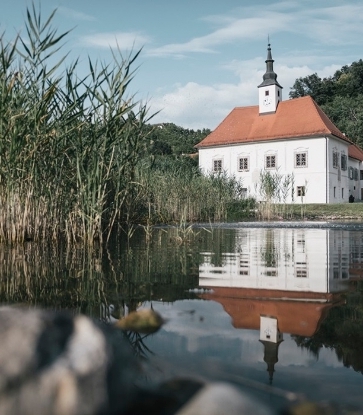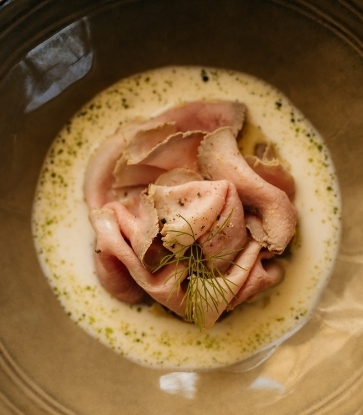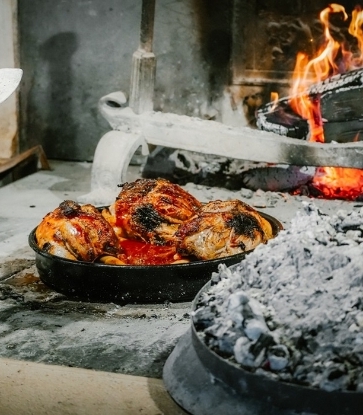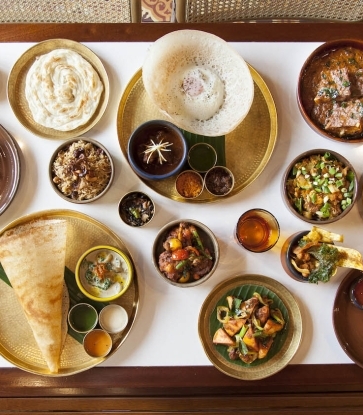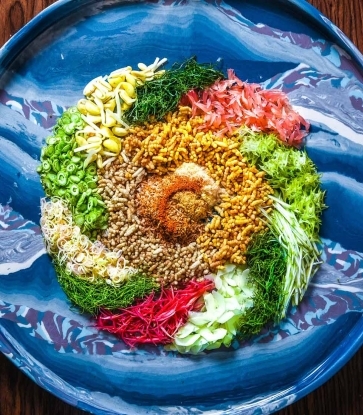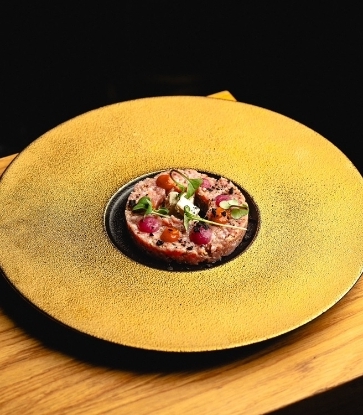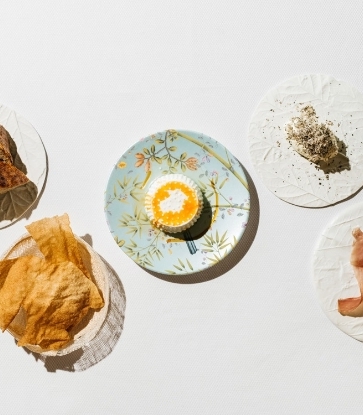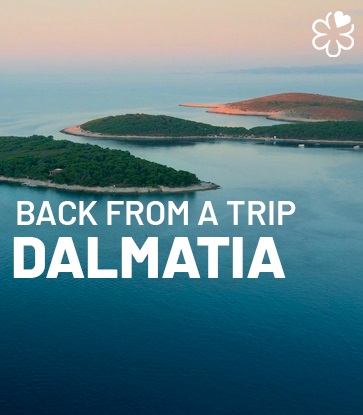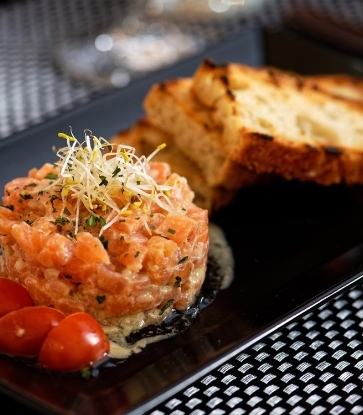This peninsula is enriched by medieval villages, rolling hills, and some of the most beautiful bays of the Adriatic, where even the world of food is deeply tied to the traditions and culture of the land. Let’s discover together two trattorias (konoba) that have made hospitality their essence and stand out as gems dedicated exclusively to serving the finest local meat and fish: Alla Beccaccia and Batelina.
Alla Beccaccia
Since 2023, Ivor and Annamaria Kolić have been managing this trattoria, which for over twenty years has been primarily dedicated to the world of game meat. It was originally opened by Josip and Jadranka Radolović to share hunting dinners with friends, but over time, the venue expanded and opened its doors to the public. Today, this typical Istrian konoba (tavern) is a rustic and welcoming place of flavor that embraces the world of meat in its entirety: meat is the star of the menu, alongside a few vegetarian dishes. In the kitchen is Annamaria Kolić, who trained at The Culinary Institute of America in New York and has worked in Germany, Italy, and Austria. Her husband, Ivor, also Istrian, is a sommelier and manages the dining room. The couple met while working together at a restaurant in Pula.

The menu is simple, featuring a couple of starters, a couple of homemade pastas, a main dish for vegetarians, and numerous meat and game options. “At the moment,” explains the chef, “we have wild boar on the menu, but throughout the year, you might also find pheasant and venison. Due to legal restrictions, we can neither buy nor serve woodcock at present. However, the hunting season for it runs from November to March. It’s a bird that thrives in cold, damp climates, and one of the best ways to showcase it in the kitchen would be to roast it whole, slow-cooked, or to prepare it confit, separating the breast from the thighs.”
But here, as mentioned, meats (aside from game) are the highlight of the venue. The menu also includes beef, veal, and small cockerels. “The latter two,” continues Annamaria Kolić, “are prepared under the bell, a traditional method known locally as peka. It is a technique where the meat is covered with a bell-shaped lid and surrounded by embers. This results in tender, flavorful meat, left to cook for up to four or five hours, depending on the cut.” Venison is prepared by Kolić as a ragout or, in the case of the fillet, grilled in front of the guests: Alla Beccaccia features a large fireplace in the main dining room where, during the winter months, meat is prepared. In summer, the large terrace and garden allow for outdoor cooking, accommodating up to eighty people.
Then there’s the wild boar, slow-cooked and prepared chasseur with a sauce of tomato, olives, and spices, alongside homemade Fuži and Pljukanci pastas. The pasta here is often paired with a sauce made from Istrian beef, known as Boškarin. Among the local products, goat cheese is always present, used with Posutice, a diamond-shaped pasta typical of Croatia, often served with cabbage and pancetta.
Batelina
The story of Batelina is, above all, a family affair. Located in Banjole, at the southern tip of Istria, where for twenty-five years, locals and tourists alike have come to savor a fish-based cuisine that remains faithful to the traditions and the spirit of the place. The architect of this success is Danilo Skoko, a fisherman and self-taught chef who, together with his wife Alda, opened one of the iconic spots of local cuisine. With a degree in economics and a family that has been involved in fishing for three generations, Danilo’s passion and heritage led him to abandon office work and dedicate himself to a project rooted in the freedom of fishing, a craft he had loved since childhood.
He bought a ten-meter boat, embarked on this career, and later, with his wife, decided to open Batelina: “This year, we are celebrating twenty-five years of business. We started as a family with my wife and children, gradually growing, and today we are still fishermen with two of our own boats, whose entire catch is supplied to the restaurant where we use everything, wasting nothing. We have ten employees, and some of our children occasionally help out, though they have pursued their own paths (David Skoko is a well-known and beloved Croatian TV chef, ed.). We manage around forty covers, operating from 5 p.m. to 11 p.m. On average, 12,000 people pass through Batelina each year. This success is guaranteed not only by our concept, location, and the quality of the raw ingredients but also by the staff who have been with us for a long time and whom we ensure have a good quality of life, with rest on Sundays and holiday weeks in both August and winter.”

The venue is simple and welcoming, reflecting the great soul that the Skoko family pours into everything they do: “I’ve come to understand that in life, good things aren’t created by walls or infrastructure, but by people who bring emotion, and that’s important to feel in a place like ours. Here, we only serve fish,” continues Danilo Skoko. “There’s no meat, and we use every part of the catch, from the skin to the bones, offering fish prepared in every possible way.” The menu consists of eight tastings of cold starters made with various types of fish, crustaceans, and shellfish. Then there are first courses such as risotto, pasta, or brodetto (fish stew) without bones, followed by fish brought to the table to showcase the day’s offering. These are served with polenta, either whole, grilled, or stewed in a pan (teccia) for connoisseurs. “Our offerings,” adds Skoko, “follow seasonality and the daily catch. We like using sea bream for carpaccio, not necessarily sea bass or gilt-head bream, because it’s ideal for filleting. Adriatic fish is among the best in the world because it’s salty, flavorful, and tasty, making it suitable for various preparations. Another local delicacy is spider crab, already loved by Hemingway and mentioned in his For Whom the Bell Tolls. He ate it in Venice, but it came from here, where it has a unique flavor and habitat. Another example,” he continues, “is pasta with Kvarner scampi, typical of this area and caught at depths of less than 50 meters. Thanks to the sun and photosynthesis, they are sweeter than those found beyond 200 meters deep.”
The most typical fish in the area also include sole, monkfish, and scorpionfish. In autumn and winter, there are gilt-head bream and sea bass, while in spring, rock mullet are abundant. Even today, Danilo Skoko takes part in fishing: “My boat,” he recounts, “has never gone out without me on board. For the first five years, we only used my catch at the restaurant. Later, we relied on boats owned by our cousins who work in the area and supply us with the fish we need. It’s also important to note that the side dishes we serve with the fish are a key part of our service. The most traditional one is Swiss chard with potatoes, but we also offer salads, grilled fennel, and, in season, julienned zucchini.”
Hero image: Ida Skoko/Batelina, starter
